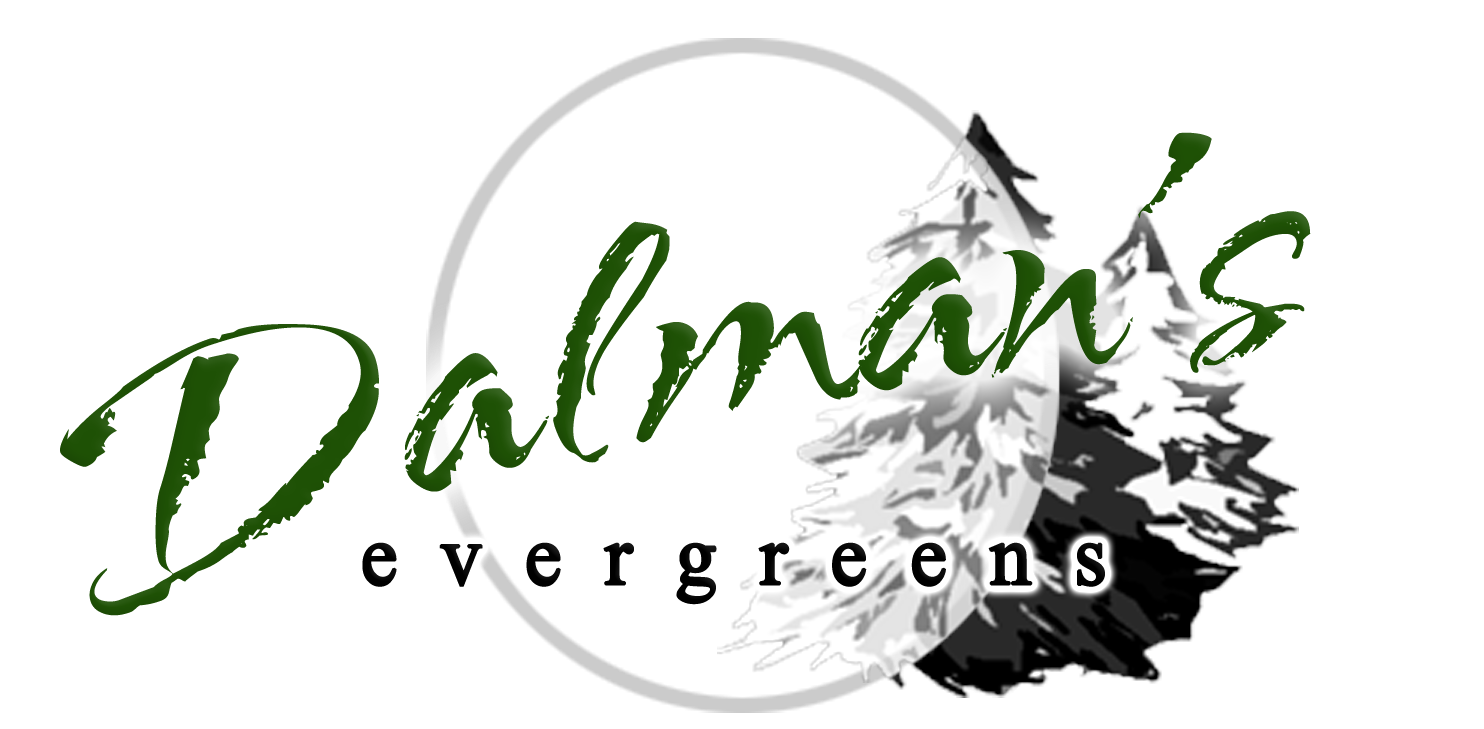5 Mistakes People Make When Buying Mulch
There’s no doubt that beautifying your lawn is an excellent way to create curb appeal, but with the cost and time involved you want the job done right the first time. During my years of working in the garden and landscape industry I’ve seen time and time again avoidable headache and frustration caused while homeowners are purchasing mulch. Here are a few tips to keep in mind:
Know your square footage. With the cost of delivery charges you don’t want to make an error on the number of yards needed. If you underestimate, you’ll be paying another delivery fee. If you over estimate you’ll be looking for extra places to spread it around your yard. Laying mulch too thick can obstruct water and air to the roots of your plants. Whether you’ve underestimated or overestimated, one this is sure, both time money have been lost.
Before placing your order find out your approximate square footage. I’m not saying you need to measure each bed to the inch, but if you have a general idea of your square footage you’ll be ahead of the game when ordering. A good rule of thumb is that 1 yard of mulch will cover approximately 108 sq’ at 3” deep. I usually picture this as just over a 10’x10’ area.
If you want to find more exact measurements, sketch your beds on a piece of paper breaking your beds into shapes. Find the area of each shape. If you need some help this link may be useful. http://www.calculator.net/area-calculator.html
Once you have the area in feet divide it by 108 to find out how many yards you need.
Note: One cubic yard contains 27 cubic feet of mulch or covers approximately 108 sq’ at 3” deep.
Compare apples to apples. Often times, your local mulch companies will have their own names for the types of mulch they carry in stock. This can trip you up as a consumer when trying to do a price comparison. For example, Company A may call a product Premium Dark Brown and charge $42 per yard, while Company B may call a product Dark Brown Premium and charge $37. Come to find out, Company A’s product is more expensive because it’s a dyed product, while Company B’s is a natural product. A customer who is comparison shopping could be fooled into thinking they’re comparing apples to apples because of the similar names only find out later they didn’t get the product they were looking for. Avoid this by making sure your garden center gives you a full description of each type of mulch they carry along with the price.
Visit the garden center to see samples. Being able to tell what color your mulch will actually be when it arrives is difficult if you’re only hearing a description over the phone or seeing a picture online. Stopping in to the garden center to see what types they have available along with the size of the chips is the best way to be sure you’re picking the product you want.
Most Expensive Isn’t Best. Many customers will ask me “What’s the best mulch?” The answer is that there is no best. It boils down to a matter of preference. Some people prefer a natural looking product, some want nutrients added, and some want a dyed product that will keep its color longer. In each of these instances, one thing is for sure: the most expensive mulch is not necessarily the best. Often, you’ll find that a Cypress or Cedar are being sold at a higher price as a “Premium” product, however, the only reason for their hefty price tag is the long trip it takes to bring those products to your area.
Buy Local. Not only is it great for your local economy to purchase mulch that was produced locally, but it could be beneficial to your garden. Many garden centers have their mulch shipped in from out of the area. Even if you ask an employee, they probably don’t know the origin of their mulch. This can be a problem as a great deal of mulch that is shipped in from out of the area comes from construction debris sites and could contain unnatural materials or chemicals. If possible, purchasing your mulch directly from the producer is a great way to cut out the middle man and assure that you know what you’re putting in your garden.

